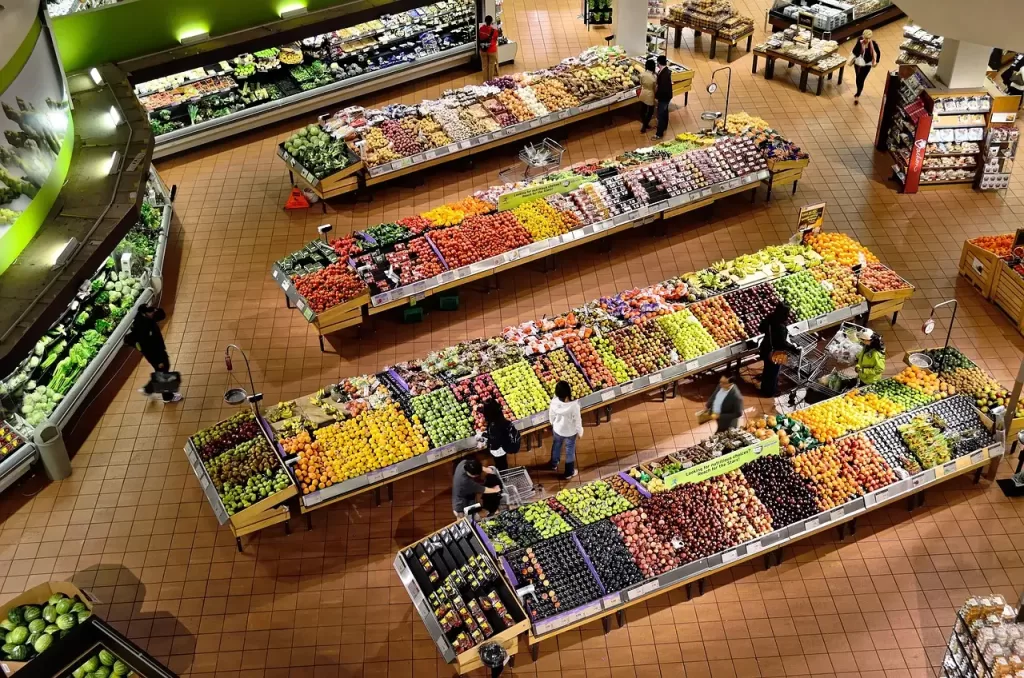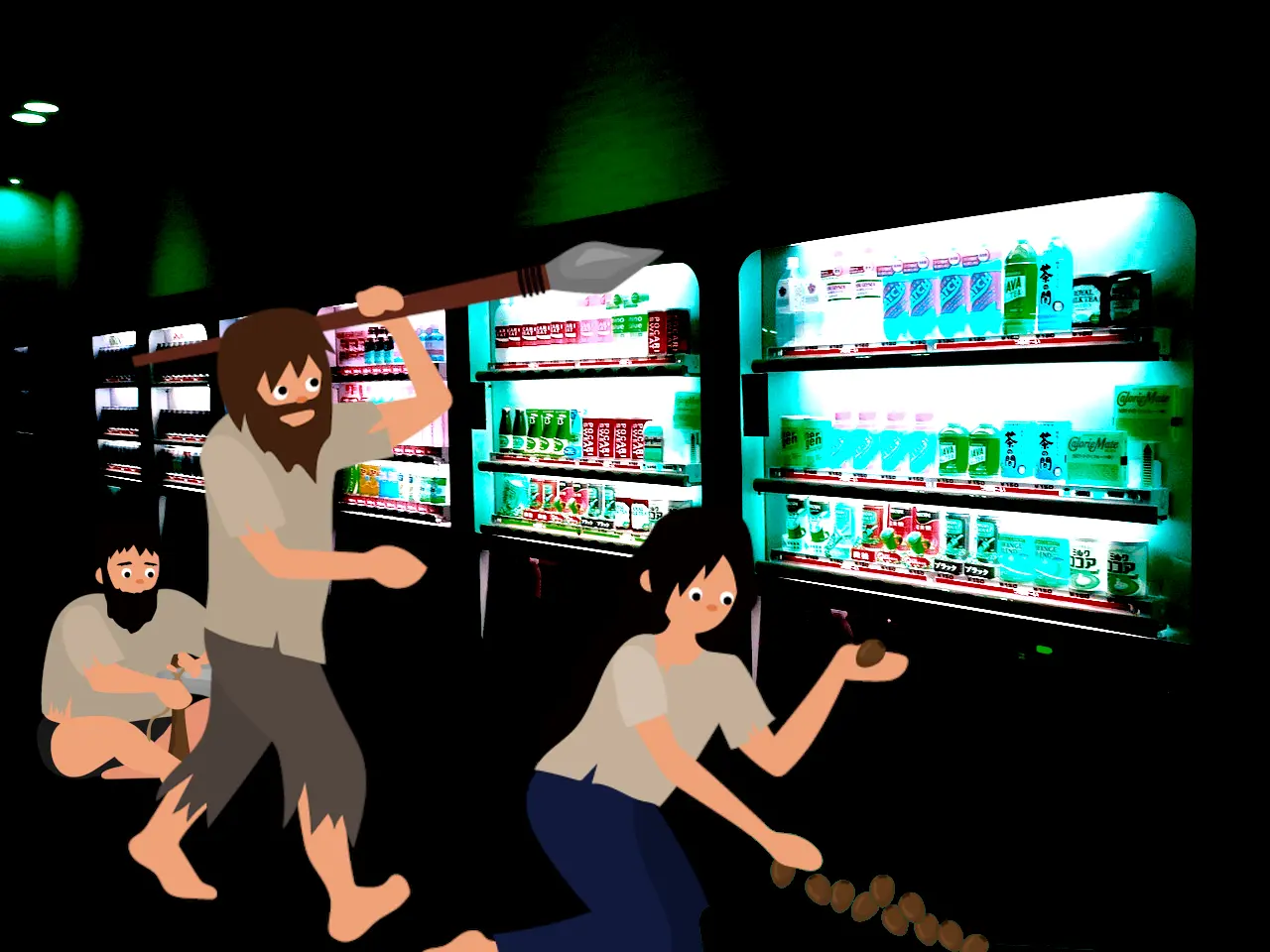Hey, I’m Jim—a.k.a Xucaen—and I’ve always been fascinated by the story behind what’s on our plates. From Upton Sinclair’s gritty exposé of the meatpacking industry to Gordon Ramsay shouting in a Michelin-starred kitchen, food isn’t just fuel—it’s history, culture, power, and survival. So in true stoner philosopher fashion, I decided to take a trip (a mental one, mostly) through time to explore how human foodways evolved. We’re talking about how we went from hunting mammoths to swiping for snacks on Instacart. Buckle up and bring an appetite—we’re about to trace the wild ride from survival to convenience in five big bites of food history.
Sometimes when I’m standing in a grocery store staring at shelves of frozen pizza and shrink-wrapped kale, I can’t help but wonder—how the hell did we get here? I mean, we used to run around hunting and foraging, eating whatever the land gave us. Now we’ve got apps that deliver pre-chopped veggies to our door in thirty minutes or less. So I started thinking about the big turning points in human history that brought us from spears and berries to Instacart and Uber Eats. Turns out, it’s a wild journey that says a lot about who we are as people and what we’ve given up along the way. Here are five of the biggest moments that changed everything about how we eat.
The Agricultural Revolution (~10,000 BCE)
Way back in the day, humans lived off the land. We hunted animals, picked fruits, dug up roots, and moved around a lot. Then somebody somewhere figured out how to plant seeds and wait. Farming was born. It started in places like the Middle East, China, and parts of the Americas. This was a huge deal—it meant we didn’t have to wander anymore. People could settle down, build communities, and start stacking up extra food for later. That surplus made cities possible. Of course, there was a tradeoff. We lost a lot of the variety in our diets, and farming was backbreaking work. Plus, if your crops failed, you were pretty screwed. But overall, this was the beginning of the food systems we know today.
Global Trade and Colonization (1500s–1700s)
Fast forward a few thousand years and humans had gotten really good at growing stuff. But they also wanted other stuff. Spices, sugar, coffee, chocolate—foods from far-off lands. So the big European powers started sending ships around the world. They set up massive trade companies like the East India Company, and began importing all kinds of deliciousness from their colonies. This is when food went global. Tomatoes came from the Americas, tea from Asia, sugar from the Caribbean. It was a flavor explosion, but again, there was a price. Colonization was brutal. Whole cultures were exploited, and the land was stripped to grow cash crops. Still, this is the era when humans started thinking of food as something that could come from anywhere.
The Industrial Revolution and Urbanization (1800s)
The next big shift came with machines. The Industrial Revolution wasn’t just about factories and steam engines—it totally changed how we grow, process, and move food. Farms got bigger and more mechanized. People started moving into cities, so we had to find ways to preserve food and get it to them. That’s where canning, refrigeration, and railroads came in. Suddenly, food didn’t have to be fresh or local. It could be made in one place and shipped across the country. This was also when factories started churning out processed foods. There were some seriously sketchy moments—The Jungle by Upton Sinclair showed just how nasty the meatpacking industry had gotten—but it was the beginning of our modern food supply chain.
The Supermarket and Highway Era (1950s–1970s)
After World War II, everything started moving fast. Cars, highways, and the rise of the suburbs changed the game. Supermarkets popped up everywhere, stocked with food from all over the world. Frozen dinners, canned soups, instant everything—it was all about convenience. We got refrigerators and microwaves, and we didn’t have to cook from scratch anymore. Fast food chains started showing up on every corner. It was a golden age of choice and abundance, but we also started to lose our connection to where our food came from. We weren’t growing it, we weren’t cooking it, and we didn’t even know what half the ingredients on the labels were.
The Digital and Delivery Revolution (2010s–2020s)
And here we are today. Grocery shopping without even leaving the couch. Apps, subscriptions, drone deliveries, lab-grown meat. The way we get food now is more high-tech than ever before. You can get Thai food at 3am, have groceries delivered to your door in under an hour, or even grow microgreens in your kitchen with a smart device. It’s honestly kind of amazing. But it also makes us more disconnected than ever. Most people don’t know what’s in season, or how to cook a meal from scratch. And we’re throwing away tons of food just because a printed date tells us it’s “bad.” We’ve come a long way, but sometimes I wonder what we left behind on the way here.
So yeah, this isn’t a conspiracy—it’s just history. Real stuff that happened. We went from spears and berries to shopping carts and smart fridges in a few thousand years, and each step along the way changed the way we live. I think knowing this stuff helps us appreciate what we eat a little more. Or at least gives us something to think about next time we’re scrolling for dinner.


Leave a Reply